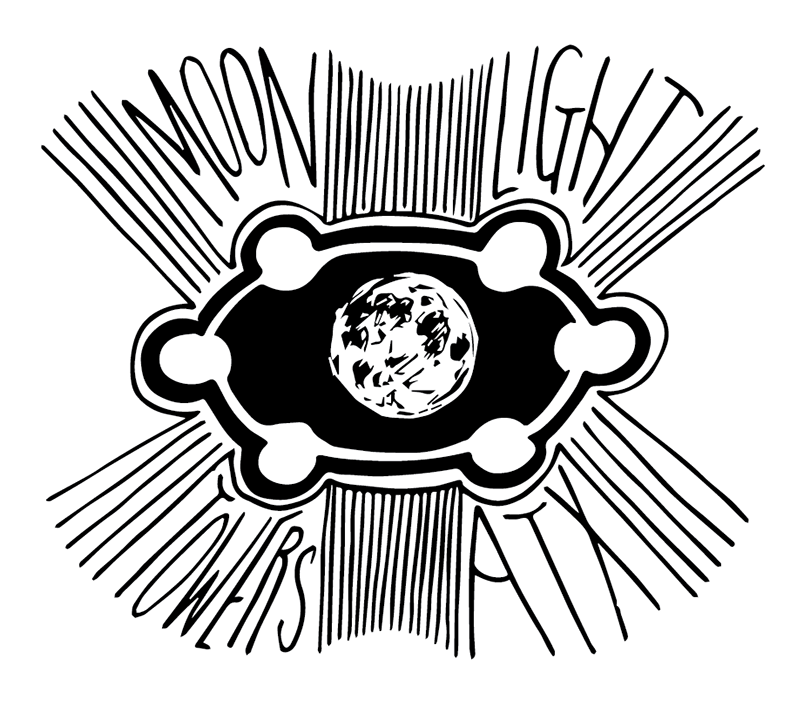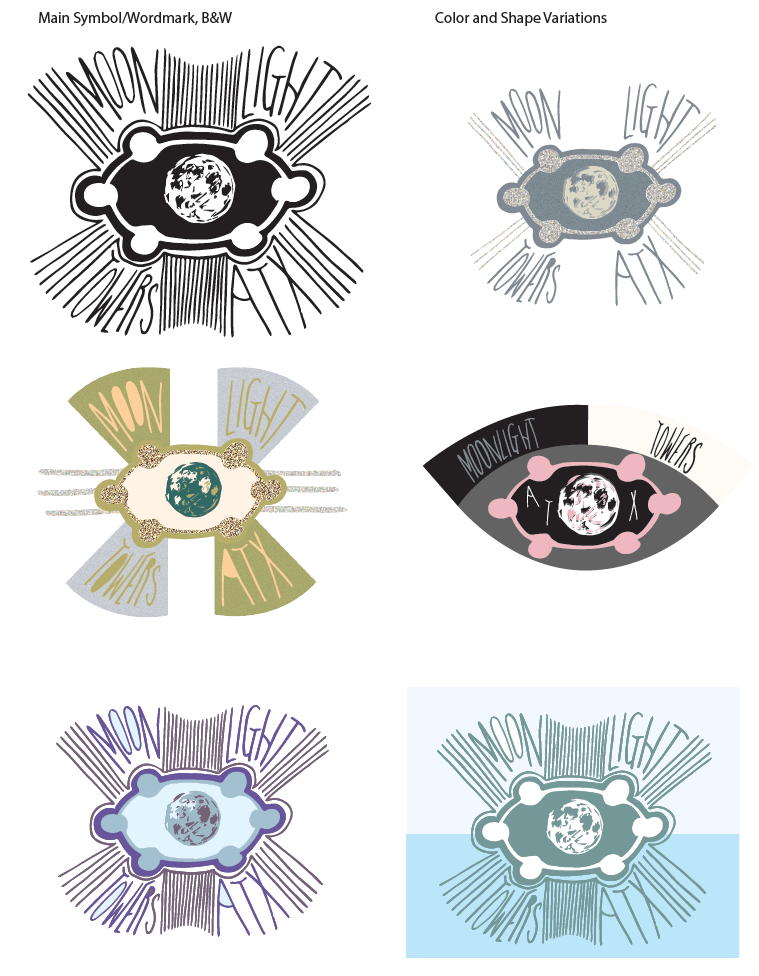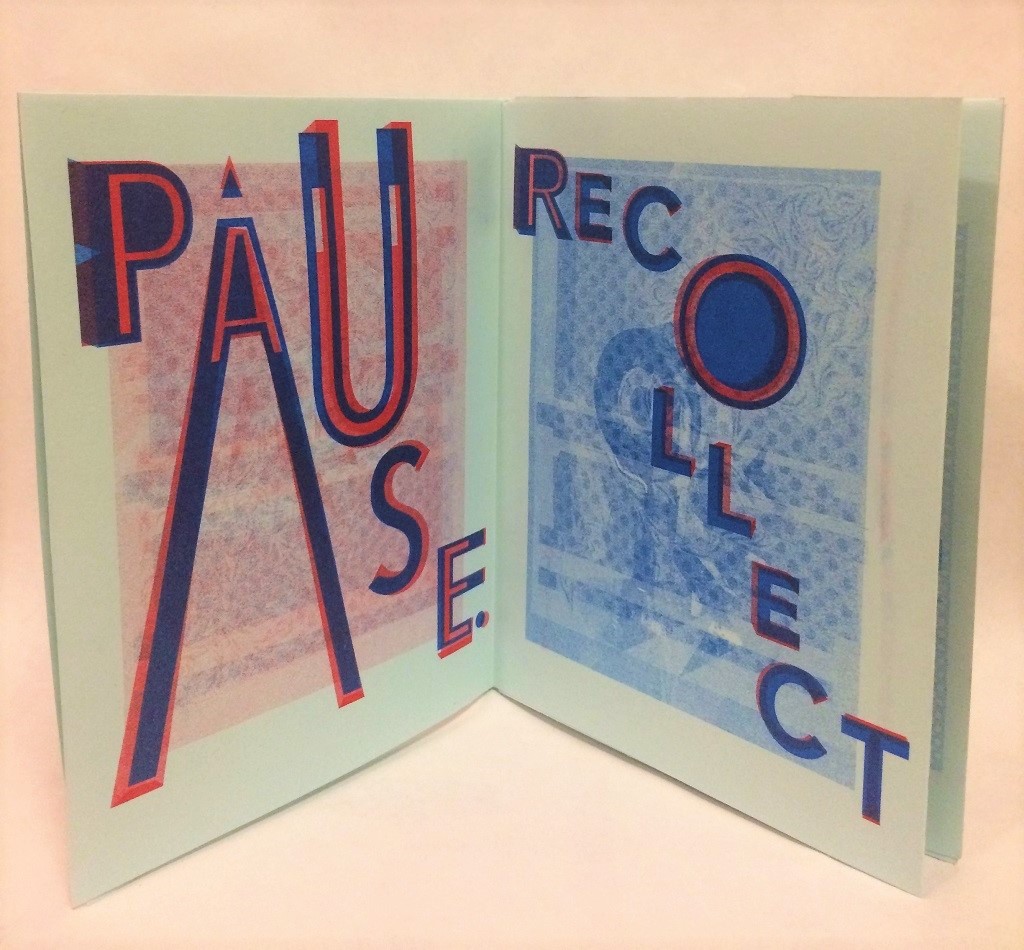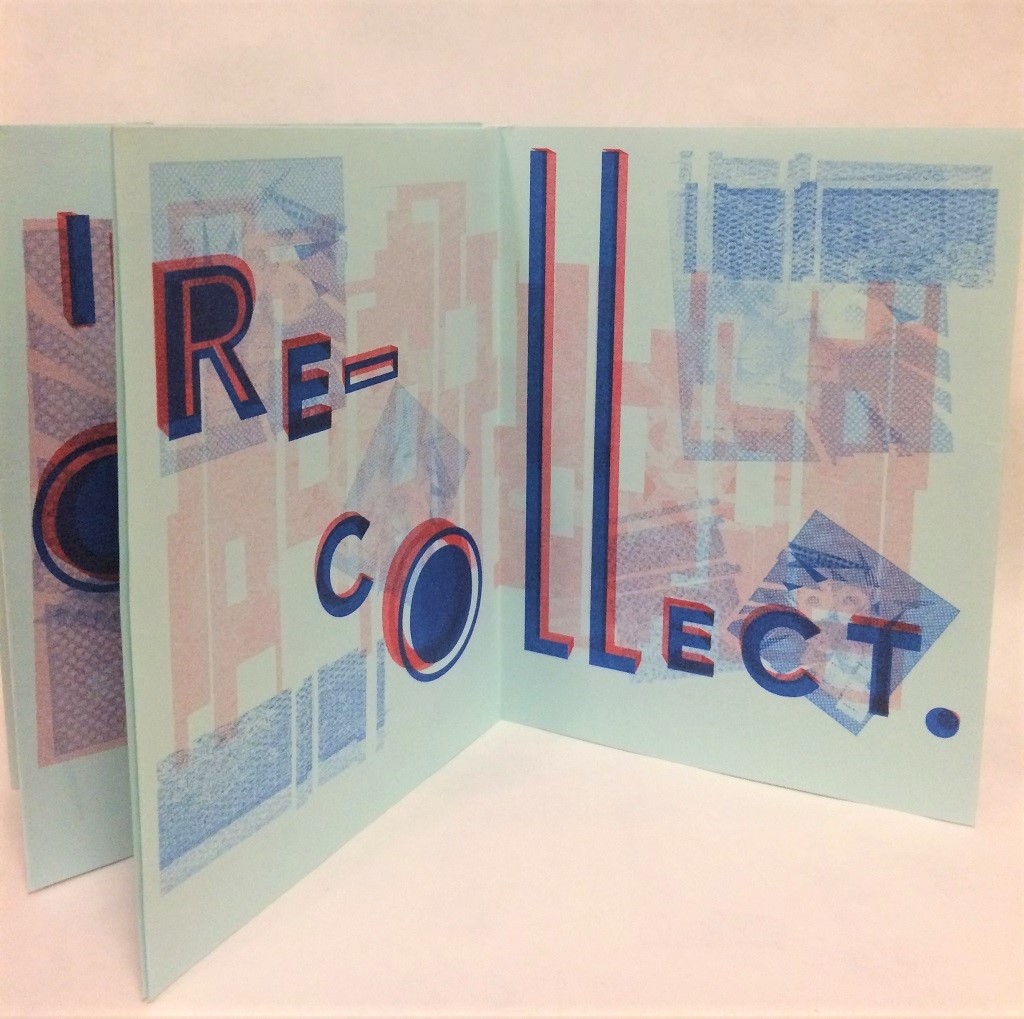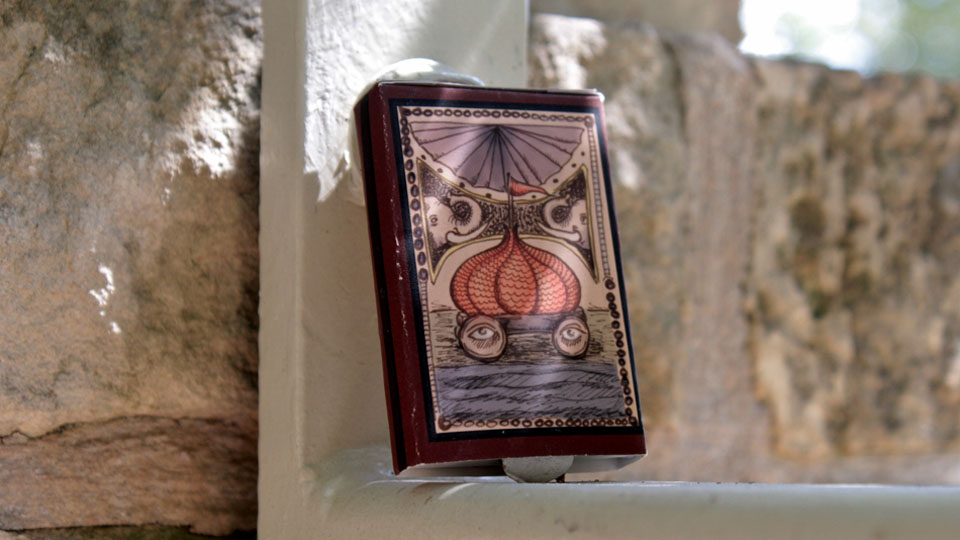I think I am critical of my ability to produce designs that will fit certain situations and have the appropriate quality/sophistication for the project, as well as my understanding of the development of aesthetics (color schemes and type choice) and consistent, balanced forms/layouts. I am also critical of my knowledge/understanding of the design industry as well as of my experience with different programs. I think these criticisms/worries affect me in positive and negative ways; I focus on improving these aspects more often because I am critical of them, but a lot of the time I also might ruminate on my perceived deficiencies and feel overwhelmed.
I guess when people look at my design process and design work I am wondering if they are wondering if I am confident in my design’s production and the final product (because I’ve noticed for a lot of my projects I focus on the project itself and have trouble producing something I am fully confident in, which may be because it is a student, learning project). Another thing I am critical of is due to me being socially anxious a lot of the time (something that I’ve been working on) and so I am also critical in how I verbally communicate my ideas to others and how I appear/interact with others (if they think I am comfortable in situation and if people want to work with me). I think this personal issue does affect me professionally (from my perspective/how I act and interact) and I’ve been taking time to work on and be less critical (negatively) about this issue and not let it limit me sharing and acting on ideas.
